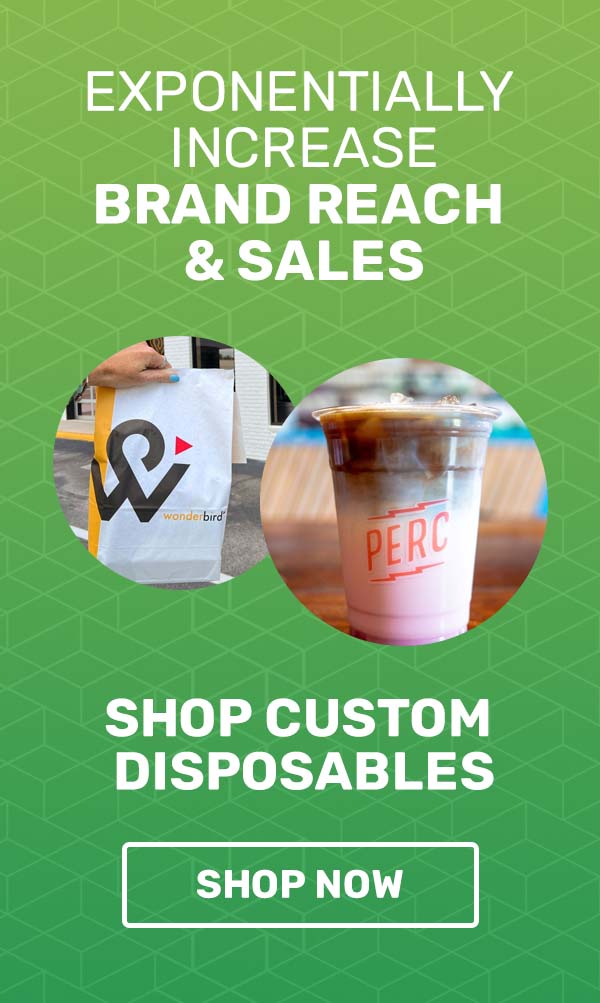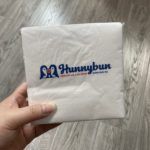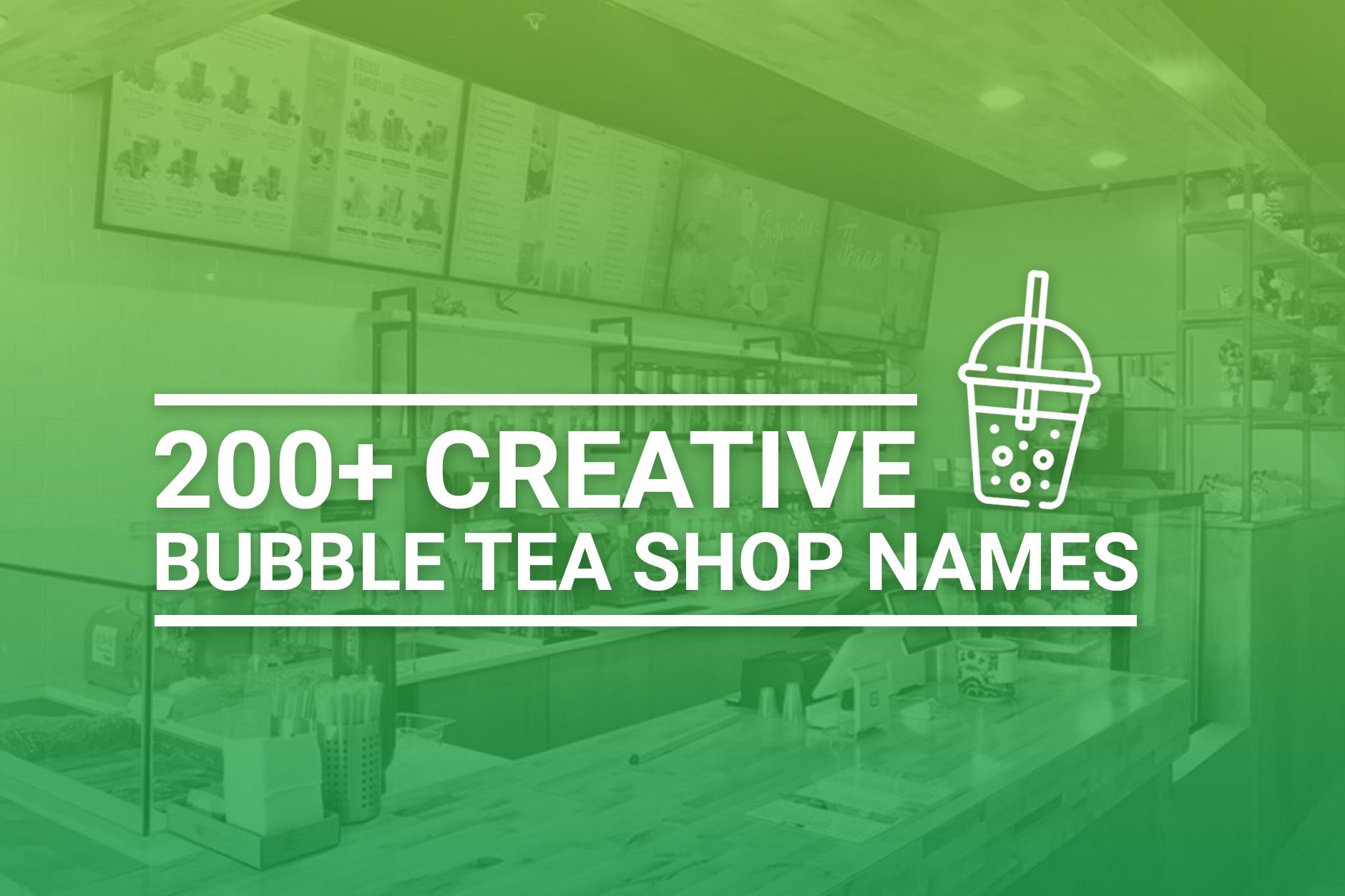There is a common saying in the real estate world that there are only three things that matter: location, location, and location. While location isn’t the only thing that matters when it comes to starting a restaurant, it is an incredibly important factor. After all, if you buy or lease a space that is hard to find, has little foot traffic, or has insufficient parking, then all of your hard work may not be enough to ensure that your business is profitable.There are a number of factors that go into choosing the best location for your restaurant, from the type of customers you hope to attract to competition in the area to the price per square foot for a particular area. Performing a location analysis is an important step in drafting a restaurant business plan. By carefully considering the market conditions where you are considering doing business, you can choose a location that will help you achieve your goals as a restaurateur.
Budget Branders works with independently-owned restaurants, coffee shops, bars, boba tea shops, and breweries throughout the United States. We will custom print your name, logo, and/or slogan on our high -quality disposable products (including our custom plastic cups, custom paper bags, and custom napkins) helping you expand your marketing efforts for pennies on the dollar. Reach out today to talk to one of our branding experts about our products.
Why Is Location So Important for a Restaurant?
Have you ever gone out to eat at a highly-regarded restaurant, only to find yourself annoyed at how difficult it was to find parking? Or perhaps you heard about a great new restaurant that served amazing food – but it closed within the first year. In both of these situations, the location may play a big role in customer satisfaction and the restaurant’s ultimate success.When choosing a location for your restaurant, you may be tempted to just find a good deal or a space that is already set up for food service. Before doing so, however, you should spend some time analyzing whether that particular location makes sense for you. A careful restaurant location strategy can optimize profits while increasing the long-term viability of your restaurant.
The post will discuss a restaurant location strategy when you have already decided on a community or relatively small geographic area. There are some different factors that go into choosing where to open a restaurant anywhere in the United States. For example, if you are deciding whether to open a restaurant in San Francisco or Honolulu, then certain factors (like labor costs and supply chain issues) will be more critical than if you were deciding between Minneapolis and St. Paul.
Your restaurant’s location within a community can help with getting patrons to visit, and with retaining customers. It can also affect things like the number of seats you’ll have available and the size of your kitchen. A great location can help your restaurant succeed – while a bad location can mean trouble for your bottom line.
As discussed in greater detail below, there are a number of factors that you should consider when performing a restaurant location analysis. You can perform this evaluation yourself, or hire a marketing firm to help you do it.
Restaurant Location Strategy: Factors to Consider
When it comes to choosing a location for your restaurant, there are many things that should go into your analysis. The amount of weight that you give each factor may vary based on the market conditions in your community. Performing this analysis is a critical step in formulating a restaurant business plan, and to the ultimate success of your restaurant.Below, we break down some of the items that you should consider when deciding where to “set up shop.�� Depending on your unique situation, you may add other factors to the list.
Target Demographic
When you are developing your restaurant’s concept – and writing a business plan – one of the first things that you should do is figure out who you want to patronize your establishment. Your demographic is the population that you plan to serve. Deciding on your target demographic will impact many of the other decisions that you make about your restaurant.Demographics can include many factors, including age, gender, relationship/family status, average income, and spending habits. For example, if your goal is to open a cozy, romantic French restaurant that caters to couples, then that will inform your location choice. Alternatively, if you want to run a more modern eatery that attracts younger people, you will probably choose an entirely different location.
Hammering out your target demographic can help you make a smart decision about location. If your plan is to open a family-friendly restaurant, then it probably doesn’t make sense to rent or buy a smaller space in a busy downtown neighborhood. Conversely, if you want to serve fast casual food to office workers, then choosing that downtown area is probably a great bet.
Accessibility
When it comes to restaurants, accessibility has a few different meanings. First, you do need to ensure that your restaurant is compliant with the Americans with Disabilities Act (ADA) – which means choosing a spot that can accommodate guests of all abilities. If your preferred location either can’t be made accessible or would require expensive construction, then you may want to reconsider it.Accessibility also involves thinking about how your customers will get to your restaurant. If you want a location in a more densely-populated urban area with limited parking, is the space in a walkable location or otherwise accessible via public transportation? If you’re in a more suburban community, is there ample parking? You should also think about traffic patterns – will your customers have to turn across traffic without a light to get to your restaurant?
Visibility
There are stories of “hidden gem” restaurants that are incredibly successful. These businesses are probably the exception to the rule, however. As a general rule, you will want to choose a location that is easy for guests to identify and find.Again, “visibility” can mean different things based on where your restaurant will be located. If you’re in a busy city neighborhood, then visibility might mean the ability to have a custom awning, sidewalk sign, and/or your name and logo on your windows or doors. If you’re in a rural or suburban area, then visibility may mean the ability to put up a big sign along the road or have a big sign on the building itself.
Keep in mind that there are other ways to increase “visibility,” such as through a great marketing strategy that includes a combination of digital and traditional advertising. This can include anything from having a social media page and website to renting a billboard to running ads to (our favorite) using custom-branded disposable products so that your customers can advertise your business for you.
Labor Costs and Availability
If you’re looking to start your business within a particular community, then labor might not be a huge factor when it comes to choosing a location – as the cost and availability will likely be the same whether you are on one side of town or the other. But if you’re looking within a region, then it makes sense to think about labor when making a final decision on location.For example, if you want to open up an ice cream shop, you will probably need to hire a fair number of teens and young adults to work during the summer. A wealthier town might present more options for doing business – but the local youth may not need or want to pick up summer jobs. An area with very low unemployment rates overall may also make it difficult to find staff.
Depending on your location, costs may vary between towns or cities. In California, there isn’t one minimum wage – the rate may vary depending on the city and county, with many local governments setting much higher minimum wages. In some cases, you may simply have to pay more because that is what the market demands in a particular community. If this is your situation, then labor costs should be factored into your location analysis.
Real Estate Cost and Availability
Leasing or buying a commercial space can be incredibly expensive. These costs may increase significantly depending on where the property is located. As part of your budget calculations, you should be looking at the cost per square foot for any real estate that you are considering. While you may have to pay a premium for certain locations, you may still be able to find a less expensive alternative.Availability can also be an issue in certain areas – particularly bigger cities. If you really want to open up a restaurant near a bustling college campus, then you may not have too many choices when it comes to a commercial space.
Competition
Unless you plan to open a restaurant in an extremely rural area, then there will be other restaurants to compete with your business. While there isn’t much you can do about the existence of other restaurants in your community, you should think carefully about how the competition will affect your business.Generally, you should avoid picking a location close to restaurants with a similar concept. For example, if you want to open a Chinese restaurant, then you should choose a neighborhood without a Chinese restaurant – or at least a location that isn’t directly beside a competing restaurant.
Location analysis can also help you refine your restaurant concept. If you discover that 30% of the restaurants in your chosen community serve Italian food, then you might revamp your concept.
The Potential for Growth
The ideal situation for most restaurateurs is that their restaurant is so popular that they have to expand their operations, whether that means opening up another location or making their existing space bigger. When looking for a location, you should think about whether an expansion would be possible in the future. Could the dining room fit additional seating? Is there enough parking to accommodate bigger crowds? Is the kitchen big enough to accommodate more staff?Of course, you still have to focus on budget – which means that you probably can’t lease or buy a massive space with the hopes that you’ll be successful enough to grow in a few years. But you should still think about whether each location could be modified or expanded to fit your needs.
Miscellaneous Factors
There are a range of other things that can affect your restaurant location strategy. For example, if crime rates are rising in a particular neighborhood, how will that affect your business? Will customers be scared off, or will you have to invest in additional security or pay higher insurance premiums?Other potential factors to consider include:
- The cost and availability of a liquor license, if you plan to serve alcohol;
- How the area is zoned;
- Local health and safety regulations;
- Building amenities; and/or
- What businesses are located nearby.
How Budget Branders Can Help
Getting any new business up and running can be a challenge. When it comes to running a restaurant, there are even more hurdles – from getting the right licenses and permits to developing a menu to hiring and training staff to picking a location. With careful planning and a thoughtful strategy, it is possible to make your dream of running a successful eatery come true.Budget Branders offers a full line of high-quality custom disposable products, from branded coffee cups to custom paper cups, custom paper bowls, custom coffee sleeves, custom deli paper, custom foil sandwich bags, custom stadium cups, custom ripple cups, and more. With our products, you can increase your marketing reach with minimal cost and effort. Best of all, all of our products are priced right and sold in quantities that make sense for smaller operations.
Want to learn more? Press the live chat button or fill out our online contact form to request a quote for custom-branded disposable products. You can also hit the chat button to speak to someone about a quote for your business.





















